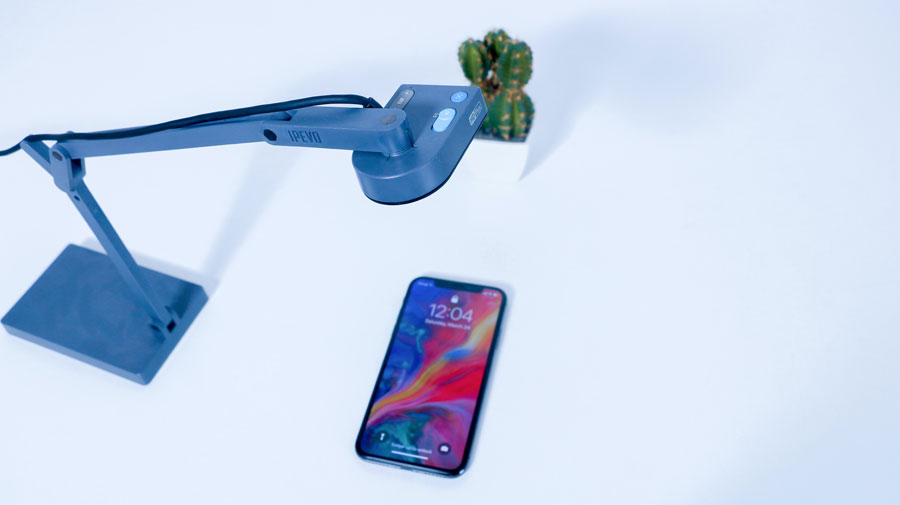Minimalist design principle seems to fit perfectly for modern user temperament
If you look at the design and development trends of digital products in recent years, you will realise that they tend to be simple, easy, more user-focused, and, most importantly, stripped off the irrelevant things. At the very heart of this design trend, the minimalist principle makes its presence.
Particularly in mobile apps, the minimalist design seems to have unputdownable effects as users here are more restless and impatient thanks to the boiled device’s very nature. Users these days want to complete actions quickly and without any waiting time. Moreover, an overwhelming number of apps and digital interfaces are increasingly cutting short the user’s attention span, and hence apps need to provide value to users as quickly as possible.
The minimalist design principle seems to fit perfectly for modern user temperament and needs in the context of mobile apps. But how does minimalism in design help apps gaining traction? Well, here throughout this post, we are going to answer this.
What is Minimalist Design?
Minimalism refers to the principle of sticking to less and most relevant elements in various human activities. Similarly, minimalism can be expressed in the design context with the “Less is More” outlook that focuses on using minimum design elements for maximum impact.
In the mobile app design context, the principle ensures maintaining simplicity, ease of use, and visual clarity by using stripped off design devoid of distractions, visual clutter, and irrelevant elements. “It’s a fresh way to incorporate design thinking into apps,” as pointed out by chief product strategist Ciaran Stone of SquareRoot Solutions.
Let’s now have a quick look at the principal characteristics of the minimalist design principle.
- Simple and intuitive user interface with self-evident navigation.
- Clear design with no visual clutter and a lot of negative space.
- Well maintained visual hierarchy as clues for actions.
- Well-proportioned and composed design focused on usability.
- Each design element serves a functional purpose.
- Highly responsive design to fit into any device screen.
- Easy finger taps friendly and captivating CTA buttons.
- Use of typography as a crucial design element
- Using a coherent and visually pleasing colour and contrast based on colour psychology.
How Minimalist Design Helps in Shaping the Success of Mobile Apps?
As already evident from the description mentioned above, minimalist design is all about maintaining relevance and optimising the usability more than anything else. From helping user engagement to business conversion to building brand personality to reduce the maintenance load, minimalist design helps mobile app projects in many ways.
Let’s have a quick look at the key ways minimalist design helps shape mobile apps’ success.
Faster Loading Time
Reduced design elements and cognitive load, in turn, helps reduce the memory load of an app as well. Thanks to a reduced load of design elements, the app screens can load faster, and the app performance can be better. Faster app performance and loading time is a necessary prerequisite for engaging more users and converting more business.
Connecting Users Easily
Thanks to the reduced clutter and cognitive load, the app looks simple and easy to use. This allows connecting users more easily and helping to maintain optimum user engagement. Since minimalist design helps users to get things done quickly, this elevates user satisfaction and user loyalty.
Helping Business Conversion
The minimalist design emphasises the relevant Call to Action (CTA) buttons appearing with right contrast, colour scheme, and finger-tap friendly sizes. The CTA buttons appropriately placed without visual clutter gather more attention and attract more interactions. By allowing increasing interactions and button taps, minimalist design pushes business conversion.
Needing Least Maintenance
The more complicated an app is built, and the more design elements an app comes loaded with, the harder and more expensive it is to maintain. This is where minimalist design enjoys a significant edge. With the least number of on-screen design elements, there is the least need for maintenance. This also helps app projects with fewer budgets.
Better Branding
Too much cognitive load makes us forget an app quicker simply because it didn’t accommodate our attention properly or didn’t allow us to set our attention on any particular thing on the screen. On the other hand, minimalist and simple design grabs our attention immediately and helps us to maintain optimum user experience. As a result, the app representing the brand enjoys sticks to user memories longer. Minimalist design giving an app a stylish, aesthetically pleasing, and trendy look also helps a brand maintain a sophisticated flair.
Device-Independent and Consistent User Experience
Minimalist design for the virtue of being simple and straightforward can responsively fit into multiple device screens. This is particularly helpful for cross-platform and hybrid app projects that want to maintain a consistent and device-independent user experience across multiple mobile devices. Particularly for mobile devices with small screens, minimalist design is a necessity to accommodate content and functionalities without creating visual clutter while maintaining optimum usability.
Conclusion
From the aspects mentioned above, it is quite evident that the minimalist design principle can help an app gain more in terms of usability, user engagement, branding, and business conversion. No wonder, for the past several years, minimalist design principles continue to rule the mobile app and web design landscape, and most of the latest design trends conform to this principle only. Minimalism now boasts of a principle focused on creating value for the users, and no digital products can sidetrack this design principle.





